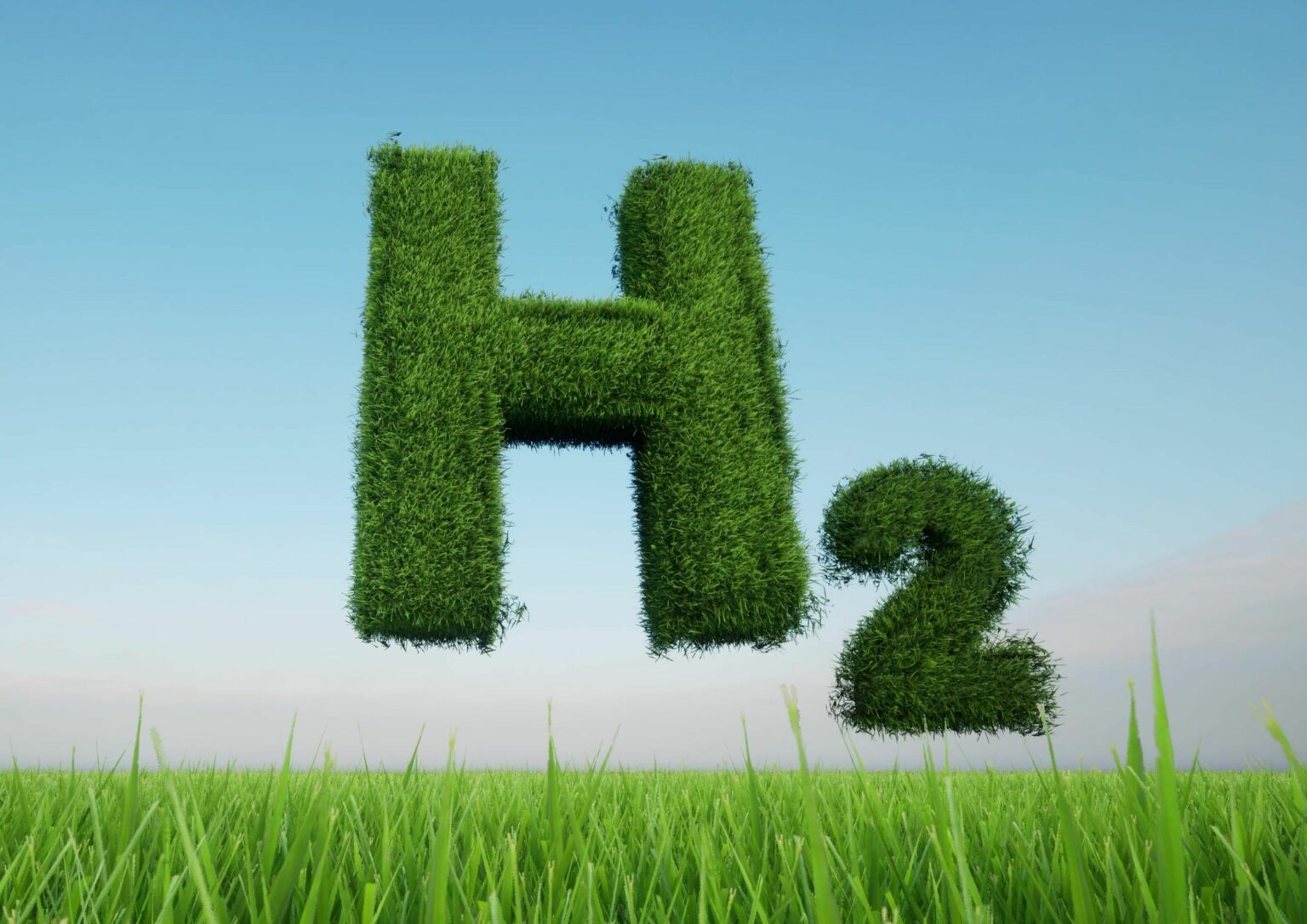The global push for decarbonization has reached new heights, with renewable energy, electrification, and battery storage taking center stage.
While these solutions address many sectors, challenges persist in decarbonizing heavy industries, heating, and specific transportation segments like aviation and shipping. Hydrogen, emerging as a multifaceted solution, holds promise as a fuel, energy carrier, and chemical feedstock, prompting governments worldwide to formulate comprehensive hydrogen strategies. This has ignited a surge in companies offering diverse services, products, and technologies, transforming the hydrogen market into a focal point for global stakeholders.
For hydrogen to realize its potential, a cohesive value chain is indispensable. This chain encompasses low-carbon hydrogen production, efficient storage solutions, and a robust distribution infrastructure tailored to meet end-user demands. Drawing parallels with the oil and gas sector, the hydrogen value chain consists of upstream (production), midstream (storage and transport), and downstream (end-use) segments. Each segment poses distinct technical and socio-economic challenges, analyzed comprehensively in IDTechEx’s report, “Hydrogen Economy 2023-2033: Production, Storage, Distribution & Applications.”
Presently, over 98% of global hydrogen originates from fossil fuel-based processes, contributing significantly to CO2 emissions. To counter this, companies are pioneering low-carbon hydrogen production, emphasizing blue hydrogen (natural gas reforming with CO2 capture) or green hydrogen (water electrolysis using renewable energy). Governments worldwide are establishing ambitious production goals; the UK targets 10GW of low-carbon hydrogen by 2030, while the US aims for 10 million tonnes annually. However, challenges such as high production costs, lack of supporting infrastructure, and financing hurdles pose obstacles, creating ample opportunities for innovation and development across the value chain.
Blue hydrogen, derived from natural gas, currently stands as the most cost-effective low-carbon production method. Technologies like steam methane reforming (SMR), partial oxidation (POX), and autothermal reforming (ATR) dominate the blue hydrogen sector. While blue hydrogen is viewed as a transitional solution until green hydrogen becomes commercially viable, it raises questions about its long-term sustainability. IDTechEx predicts SMR, POX, and ATR to lead the blue hydrogen sector, with ATR potentially dominating new production capacity by 2034.
Produced through water electrolysis powered by renewable energy, green hydrogen is gaining significant traction. Technologies like alkaline water electrolyzers (AWE) and proton exchange membrane electrolyzers (PEMEL) are at the forefront. While AWE boasts lower capital costs, PEMEL’s ability to integrate seamlessly with renewables makes it a popular choice. However, challenges such as dependency on platinum group metal electrocatalysts and the need for affordable renewable electricity persist. The future success of green hydrogen hinges on overcoming these challenges and driving down electrolyzer plant costs.
Efficient storage and transportation solutions are critical for maximizing hydrogen’s potential. While hydrogen offers high gravimetric energy density, challenges arise due to its low density at ambient conditions. Compression or liquefaction at cryogenic temperatures is required to enhance volumetric energy density, albeit at the cost of significant energy consumption. Compressed gas and liquid hydrogen tanks, metal hydrides, and alternative methods like underground storage in reservoirs are explored. The key lies in striking a balance between energy efficiency and practicality, especially for sectors like transportation.
Current hydrogen distribution relies on compressed and liquid hydrogen trailers and a limited network of pipelines. Expanding pipeline networks is crucial to connecting production and consumption regions, facilitating the growth of local hydrogen economies. Challenges in repurposing natural gas pipelines and blending hydrogen into existing networks require thorough evaluation. International long-distance transport options, including liquid hydrogen or hydrogen carriers like ammonia and LOHCs, add complexity to the distribution landscape. As companies innovate in this space, the creation of a comprehensive and cost-effective distribution network becomes paramount.
Hydrogen’s role extends beyond production and distribution; it is a key player in decarbonizing industries like refining, ammonia, methanol production, and steelmaking. The transition from grey to blue and green hydrogen is expected to reshape these sectors significantly. Additionally, hydrogen offers a versatile means of power generation, influencing transportation, back-up power, industry, and utilities. Proton exchange membrane fuel cells (PEMFCs) are prominent in fuel cell installations, particularly in fuel cell electric vehicles (FCEVs). The growth in the fuel cell sector, while substantial, requires a nuanced understanding of its limitations and potential, as analyzed in IDTechEx’s reports on materials for PEM fuel cells and solid oxide fuel cells.
